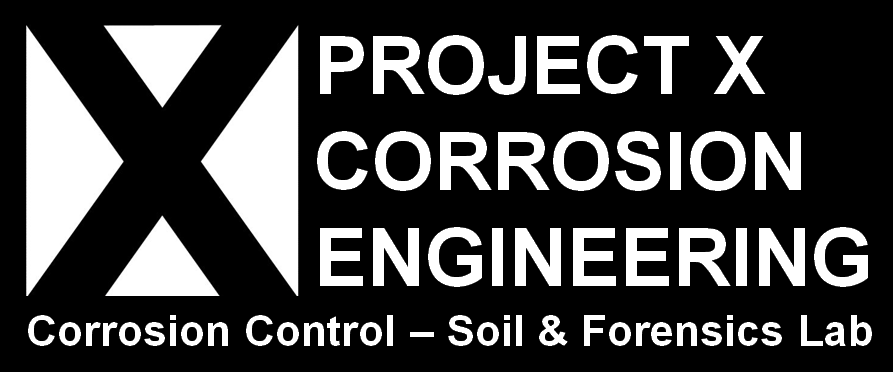Why Thermal Resistivity Matters
Thermal resistivity defines how well a material resists the flow of heat. In projects where buried systems are expected to dissipate or be exposed to heat, accurate thermal resistivity values are essential for design. These include:
- Underground high-voltage transmission lines
- Solar and wind farm cable arrays
- Data centers and grounding systems
- Geothermal and thermal loop systems
The Power of the Dry-Out Curve
A dry-out curve models how thermal resistivity increases as soil moisture decreases. In other words, dry soil has higher thermal resistivity and is less effective at conducting heat. This makes it critical for engineers to understand how a soil’s ability to transfer heat degrades over time as it dries out post-installation.
Choosing between undisturbed Shelby tube sampling and disturbed samples remolded to Proctor-optimum conditions depends on the project situation. If the item relying on thermal conductivity is installed in engineered backfill, then testing should reflect those backfill conditions. If it’s embedded in native, undisturbed soil—like a grounding rod driven directly into the earth—then undisturbed samples are the best representation for thermal modeling.
Why In-Situ Testing Falls Short
“We once ran in-situ tests across multiple solar sites. Morning dew distorted early readings. By midday, the ground had dried. What we got wasn’t a thermal resistivity profile—it was a weather report.”
Field testing introduces unnecessary variables:
- Moisture changes hourly due to dew, wind, and sun
- Time-consuming mobilization and labor
- Costly and often inconclusive data
Lab Testing with Project X Corrosion Engineering
The best way to get accurate thermal resistivity data is with lab-generated dry-out curves. We recommend Shelby tube sampling to capture undisturbed soil at the installation depth.
Our lab uses ASTM D5334 or IEEE 442-compliant testing protocols to develop thermal profiles across a range of moisture contents. This allows engineers to design with real-world variability in mind.
Our average turnaround time for thermal resistivity dry-out curve testing is just 5 business days or less, helping you stay on schedule without compromising data quality.
Send Your Samples to Project X
We help you get better data, reduce project risks, and save money in the long run.
